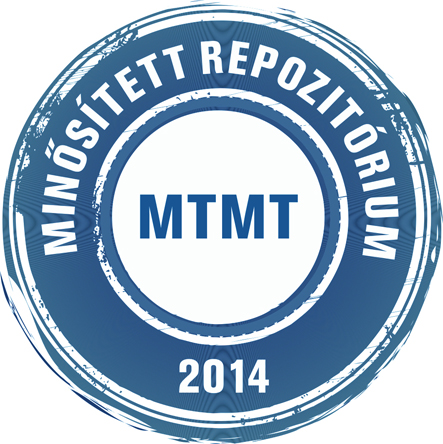Törőcsik István: A "jezsuita könyv" : jövendölések a világ végéről. In: Idő és emlékezet : tanulmányok az időről az ezredfordulón, (14). pp. 57-66. (2005)
Előnézet |
Cikk, tanulmány, mű
szegedi_vallasi_014_057-066.pdf Letöltés (956kB) | Előnézet |
Absztrakt (kivonat)
The subject of the study is a narrative source which is only known from oral tradition. There have not been any copies found so far. It is a mysterious reading mentioned only by elderly people which attracted the author's attention some years ago in Jászapáti, his home village. He used the example of the „Jesuit Book" to reveal the influences of written sources on oral tradition. Such sources are the „writing found in a holy place", which traditionally was attributed partly to Mihály Csokonai, a well-known Hungarian poet of the turn of the eighteenth and nineteenth century, and a type of pulp literature known as the „sibyls". Other „old, great books", like the „old Bible" which contained prophecies are mentioned repeatedly in different parts of the Hungarian language area. Supposing that the „Jesuit Book" really existed, the other stories about mysterious books can be believed as well. In this case, the data gained from the gathered texts can be interpreted in three ways. - There exists a longer eschatological reading which has been mentioned neither in the ethnological literature nor in the writings concerning the history of literature. - The books mentioned by the informants do not contain the prophecies, they are only associated with them (for example, while reading the Bible, especially The Book of Revelations prophecies heard previously might have been actualized). - It has to be taken into consideration that different pieces of pulp literature were often stitched together (volumes created this way contained everything from stories about outlaws to the Arany Alphabet), thus the prophecies may have been also included. In that way the collective memory preserved a larger book. The latter possibility seems the most probable. Written sources in connection with prophecies about the end of the world appear in almost all parts of the country. The contents of the „Jesuit Book" are largely similar to the prophecies attributed to the soothsayers once living on the Great Plain. These similarities probably show the influences of printed books. Certain motifs appear in several parts of the Hungarian language area (the „flower of shame", inventions, certain social and political changes, the „yellow danger")
| Mű típusa: | Könyv része |
|---|---|
| Egyéb cím: | The "Jesuit Book" : prophecies about the end of the world |
| Befoglaló folyóirat/kiadvány címe: | Idő és emlékezet : tanulmányok az időről az ezredfordulón |
| Dátum: | 2005 |
| Kötet: | 14 |
| ISSN: | 1419-1288 |
| ISBN: | 963 7510 29 X |
| Oldalak: | pp. 57-66 |
| Sorozat neve: | Szegedi vallási néprajzi könyvtár |
| Nyelv: | magyar , angol |
| Befoglaló mű URL: | http://acta.bibl.u-szeged.hu/69835/ |
| Kulcsszavak: | Vallástudomány, Jezsuita rend |
| Megjegyzések: | Bibliogr. : p. 63-64. és a lábjegyzetekben ; összefoglalás angol nyelven |
| Szakterület: | 06. Bölcsészettudományok 06. Bölcsészettudományok > 06.03. Filozófia, etika és vallástudományok |
| Feltöltés dátuma: | 2020. szep. 03. 10:21 |
| Utolsó módosítás: | 2022. feb. 02. 09:34 |
| URI: | http://acta.bibl.u-szeged.hu/id/eprint/69882 |
 |
Tétel nézet |



